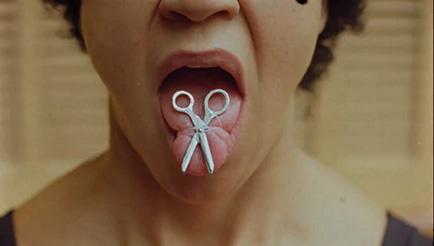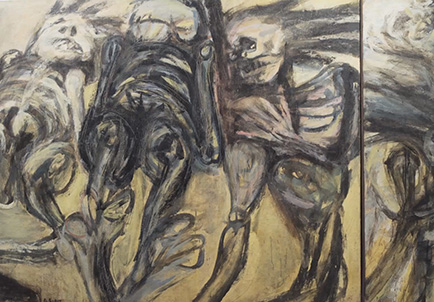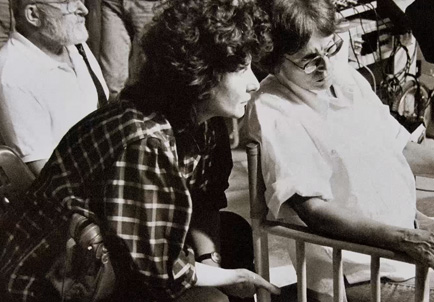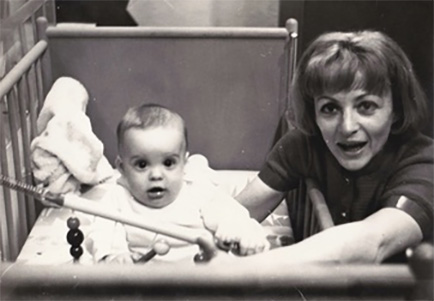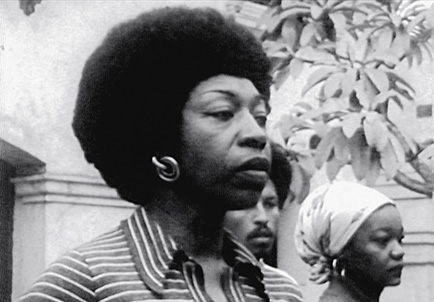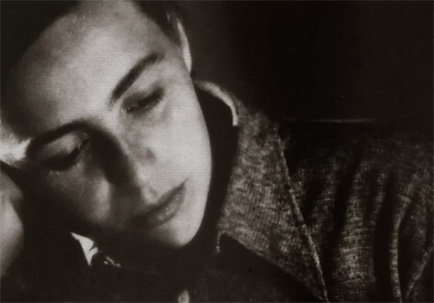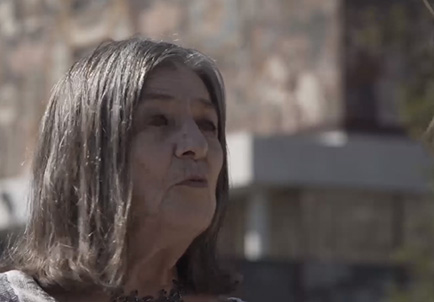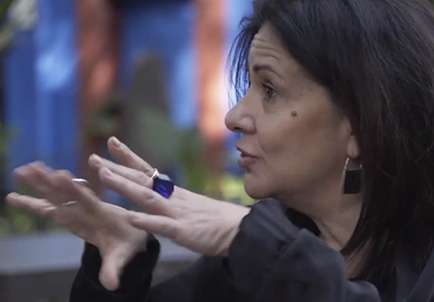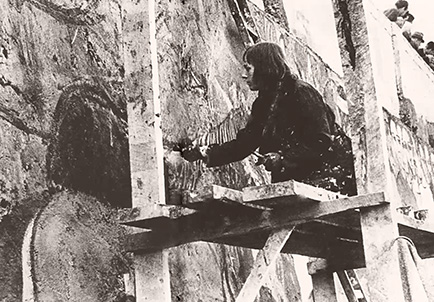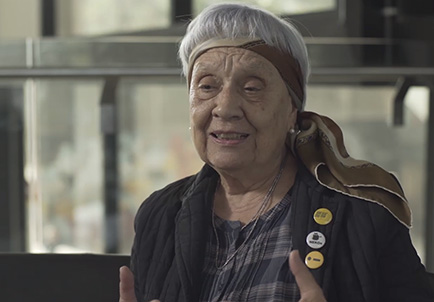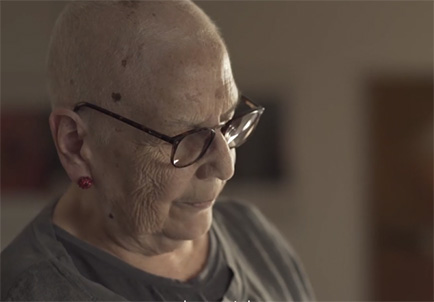artists
Ana is a young Brazilian who was part of the universe of Latin American visual artists acting in the 70s and 80s, during the dictatorships that most of these countries faced at the time. In 1968, she moved from southern Brazil, from a small country town, to energetic Buenos Aires, which was experiencing a time of change in visual arts and in behavior. Stela found a research from a Latin American university that discovered letters exchanged between many artists from that period. Going after these letters, the team went to Cuba, Argentina, Mexico, and Chile. See below the Latin American artists who were interviewed or mentioned in the film.
